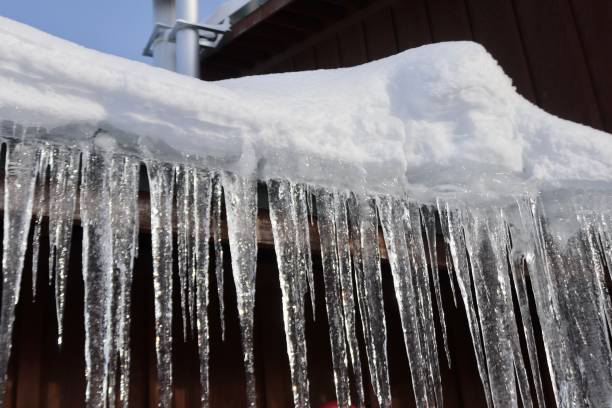Key Strategies for Preventing Frozen Plumbing in Winter
Key Strategies for Preventing Frozen Plumbing in Winter
Blog Article
Nearly everybody maintains their private opinion with regards to How to prepare your home plumbing for winter weather.

Cold weather can ruin your plumbing, especially by freezing pipelines. Below's how to prevent it from occurring and what to do if it does.
Introduction
As temperatures decrease, the danger of icy pipelines rises, possibly leading to pricey fixings and water damage. Comprehending just how to stop icy pipes is essential for homeowners in cold climates.
Recognizing Icy Pipes
What triggers pipelines to ice up?
Pipelines freeze when revealed to temperature levels below 32 ° F (0 ° C) for prolonged periods. As water inside the pipes freezes, it increases, putting pressure on the pipeline walls and potentially causing them to rupture.
Threats and damages
Frozen pipelines can lead to water interruptions, residential property damage, and pricey fixings. Burst pipes can flood homes and create substantial architectural damage.
Indicators of Frozen Pipeline
Recognizing frozen pipes early can prevent them from rupturing.
Just how to recognize frozen pipes
Try to find decreased water flow from taps, uncommon smells or sounds from pipelines, and noticeable frost on exposed pipes.
Avoidance Tips
Shielding vulnerable pipes
Wrap pipes in insulation sleeves or use warm tape to safeguard them from freezing temperature levels. Concentrate on pipelines in unheated or external areas of the home.
Heating strategies
Maintain interior areas effectively heated up, especially locations with pipes. Open closet doors to permit warm air to distribute around pipelines under sinks.
Safeguarding Exterior Plumbing
Garden hose pipes and outside faucets
Detach and drain garden hose pipes before winter season. Set up frost-proof spigots or cover outdoor taps with shielded caps.
What to Do If Your Pipelines Freeze
Immediate actions to take
If you suspect icy pipes, keep faucets open to relieve stress as the ice thaws. Utilize a hairdryer or towels taken in warm water to thaw pipelines slowly.
Long-Term Solutions
Architectural adjustments
Think about rerouting pipelines away from exterior wall surfaces or unheated areas. Add added insulation to attics, basements, and crawl spaces.
Updating insulation
Invest in top quality insulation for pipes, attics, and walls. Proper insulation aids preserve regular temperatures and decreases the danger of icy pipelines.
Conclusion
Stopping frozen pipelines needs positive procedures and fast responses. By understanding the reasons, indicators, and safety nets, homeowners can protect their pipes throughout winter.
5 Ways to Prevent Frozen Pipes
Drain Outdoor Faucets and Disconnect Hoses
First, close the shut-off valve that controls the flow of water in the pipe to your outdoor faucet. Then, head outside to disconnect and drain your hose and open the outdoor faucet to allow the water to completely drain out of the line. Turn off the faucet when done. Finally, head back to the shut-off valve and drain the remaining water inside the pipe into a bucket or container. Additionally, if you have a home irrigation system, you should consider hiring an expert to clear the system of water each year.
Insulate Pipes
One of the best and most cost-effective methods for preventing frozen water pipes is to wrap your pipes with insulation. This is especially important for areas in your home that aren’t exposed to heat, such as an attic. We suggest using foam sleeves, which can typically be found at your local hardware store.
Keep Heat Running at 65
Your pipes are located inside your walls, and the temperature there is much colder than the rest of the house. To prevent your pipes from freezing, The Insurance Information Institute suggests that you keep your home heated to at least 65 degrees, even when traveling. You may want to invest in smart devices that can keep an eye on the temperature in your home while you’re away.
Leave Water Dripping
Moving water — even a small trickle — can prevent ice from forming inside your pipes. When freezing temps are imminent, start a drip of water from all faucets that serve exposed pipes. Leaving a few faucets running will also help relieve pressure inside the pipes and help prevent a rupture if the water inside freezes.
Open Cupboard Doors
Warm your kitchen and bathroom pipes by opening cupboards and vanities. You should also leave your interior doors ajar to help warm air circulate evenly throughout your home.

I recently found that content about Helpful Tips to Prevent Frozen Pipes this Winter when doing a search on the search engines. Do you know about someone else who is serious about the niche? Do not hesitate to promote it. Thanks so much for your time spent reading it.
Contact Us Now Report this page